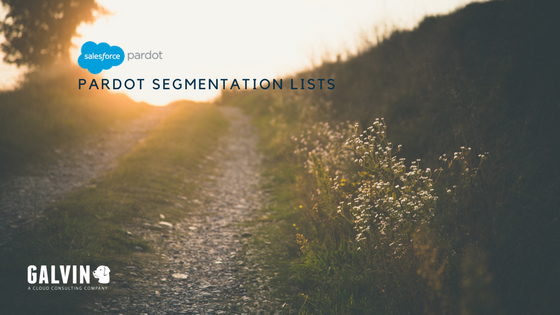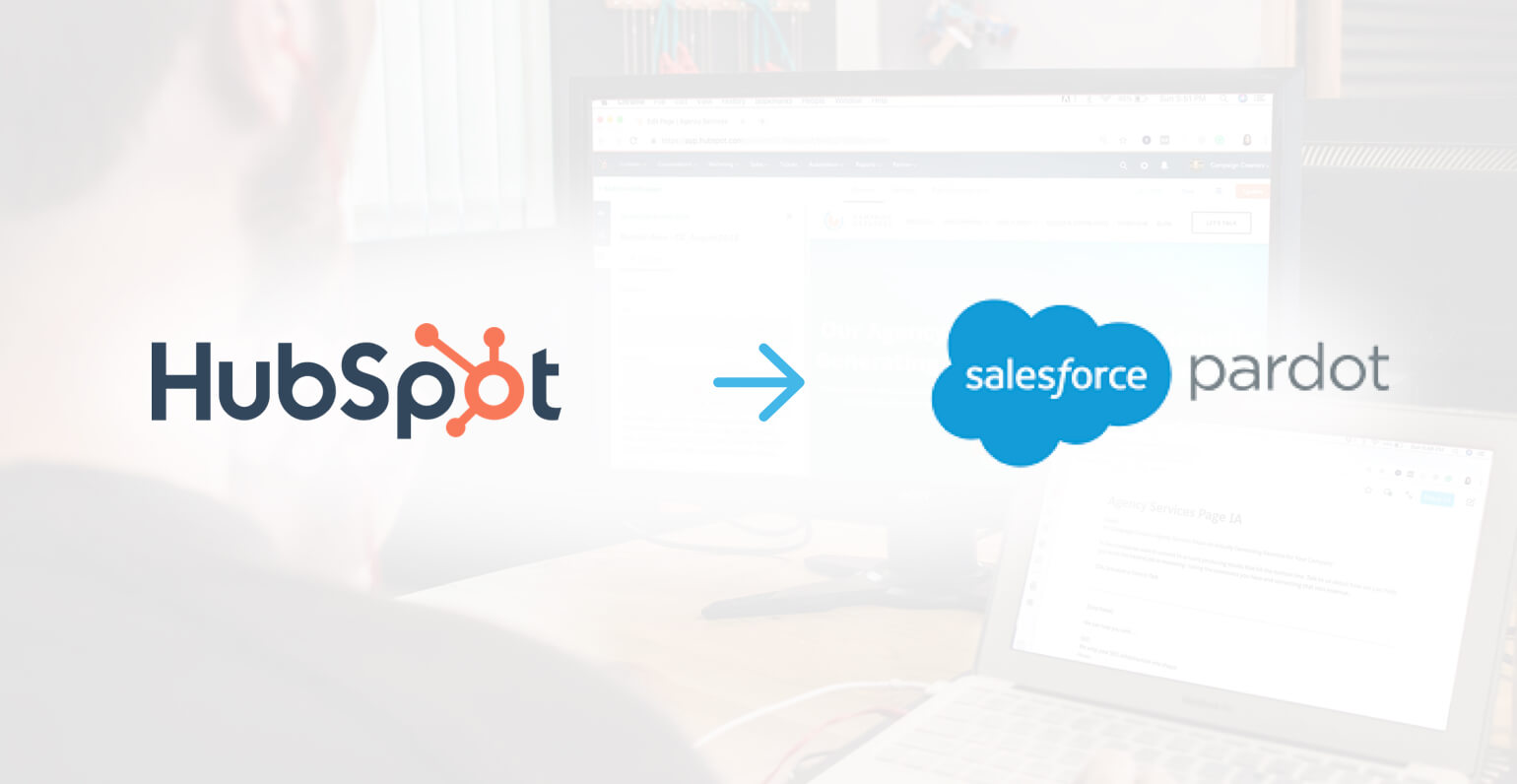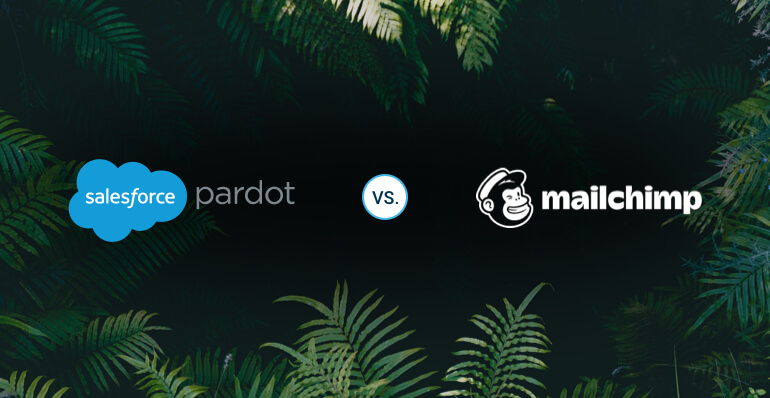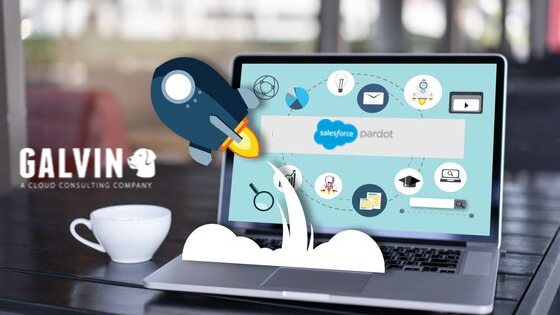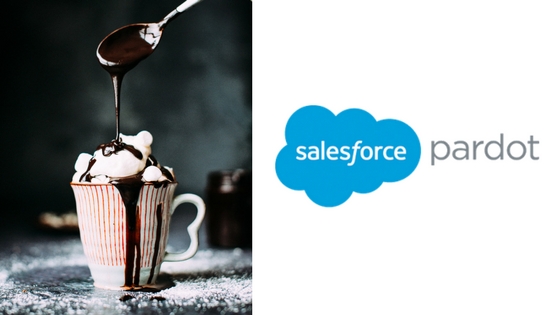Pardot Best Practice: Segmentation Lists Create Demand (Examples Included)
Drip email campaigns can be very effective in motivating people to purchase your product or service. However, figuring out what kind of email campaigns to send can sometimes be a challenge.
The most important thing to keep in mind is that if you’re using Salesforce and Pardot, you don’t need to think of something to say to everyone on your list in the same email. The segmentation features will let you send very targeted messages, which makes designing a campaign much easier. Here are some ideas for email campaigns based on different types of segmentation.
1. Campaigns Based on the Sales Cycle
Every customer goes through several stages before they become a customer. Segmenting your email list based on the stage the prospect is in allows you to tailor a drip email campaign. For our purposes, let’s say there are three stages in the sales cycle: Awareness, Consideration and Purchase.
Awareness Campaigns
This type of campaign would target people who, for example, have indicated that they are aware of your company by downloading a white paper. At this point, you want to confirm that the problem exists, and let the prospect know they’re not alone. You can create a campaign that describes similar situations faced by companies you have helped and provides expert analysis.
Consideration Campaigns
As the prospect who is aware of your company moves into the consideration stage, they typically need more information about your offering. Drip email campaigns should then focus on providing additional information about your product or service, customer success stories and product comparisons.
Purchase Campaigns
A prospect may indicate they’re moving into the purchase phase by visiting pricing pages or asking for a demonstration or consultation. Your email campaigns can start by providing customer testimonials, company reviews and awards. Then, you can move on to offers of free trials, discounts and other enticements.
2. Event Attendees
If your company is sponsoring or participating in an event, you can communicate directly with those attendees both before and after the event. Before the event, you can invite the attendees to visit you at the event and make special offers that the prospect can take advantage of during the event.
After the event, you can create a campaign that focuses on the event topic, asking for feedback on the event itself, providing testimonials and product comparisons, and providing more information about your offering.
3. Segment by Product Line
If you have a range of products and services, it will be impossible to create an email campaign to promote everything you offer. Therefore, segment your list based on the product prospects have demonstrated an interest in. You can then focus on creating a series of messages intended to move the prospect through the stages of the sales cycle for that product.
4. Partners
Your partners need different types of information than they will get from communication intended for buyers. You can strengthen and maintain your partner relationships by developing drip email campaigns that provide them with the insider insight they will appreciate.
5. Segment by Job Title
It’s typically difficult to communicate with people who have vastly different job titles at the same time. For example, if you are selling accounting software, the CIO is going to have one set of concerns, the IT director will have a different set and the accounting director will want much more detail about how your software actually works, but won’t be interested in the technical details. Once you segment your list according to job title, it’s easy to put yourself in the shoes of specific individuals and design a campaign tailored to their needs.
The objective of drip email campaigns is to create demand. Leverage your use of Salesforce and Pardot to segment your lists effectively. It will then be possible to easily design email campaigns to meet that objective.

